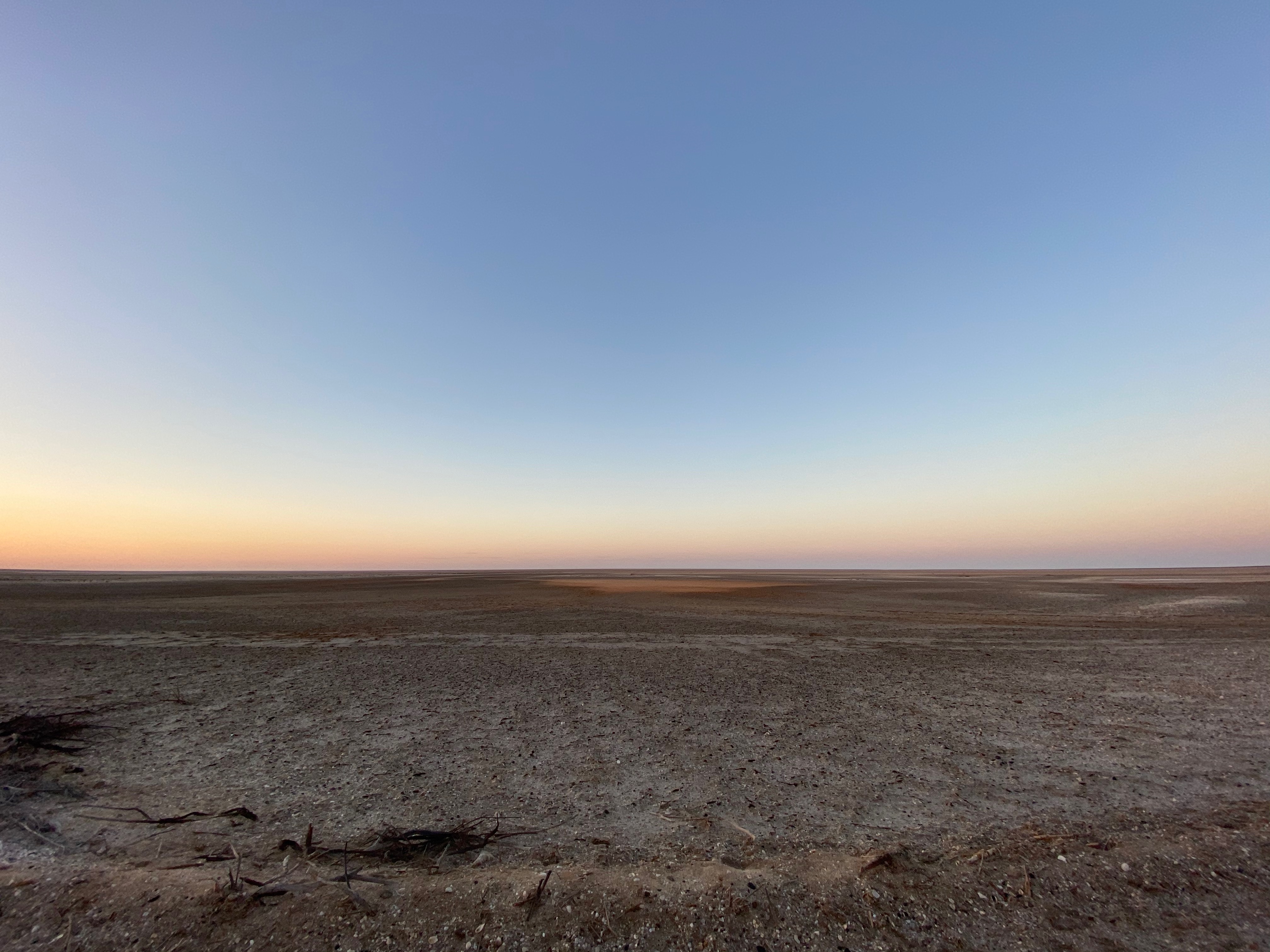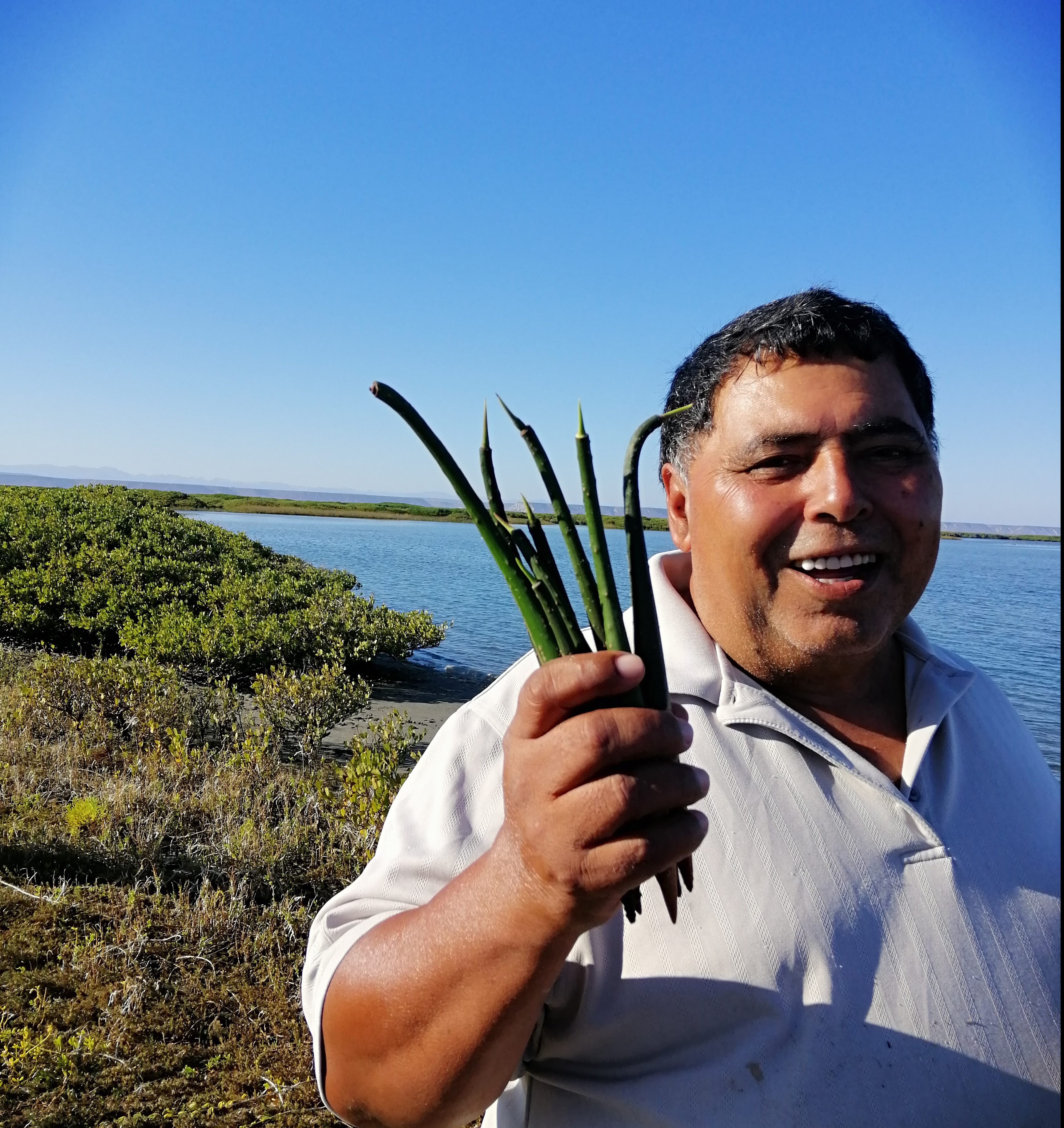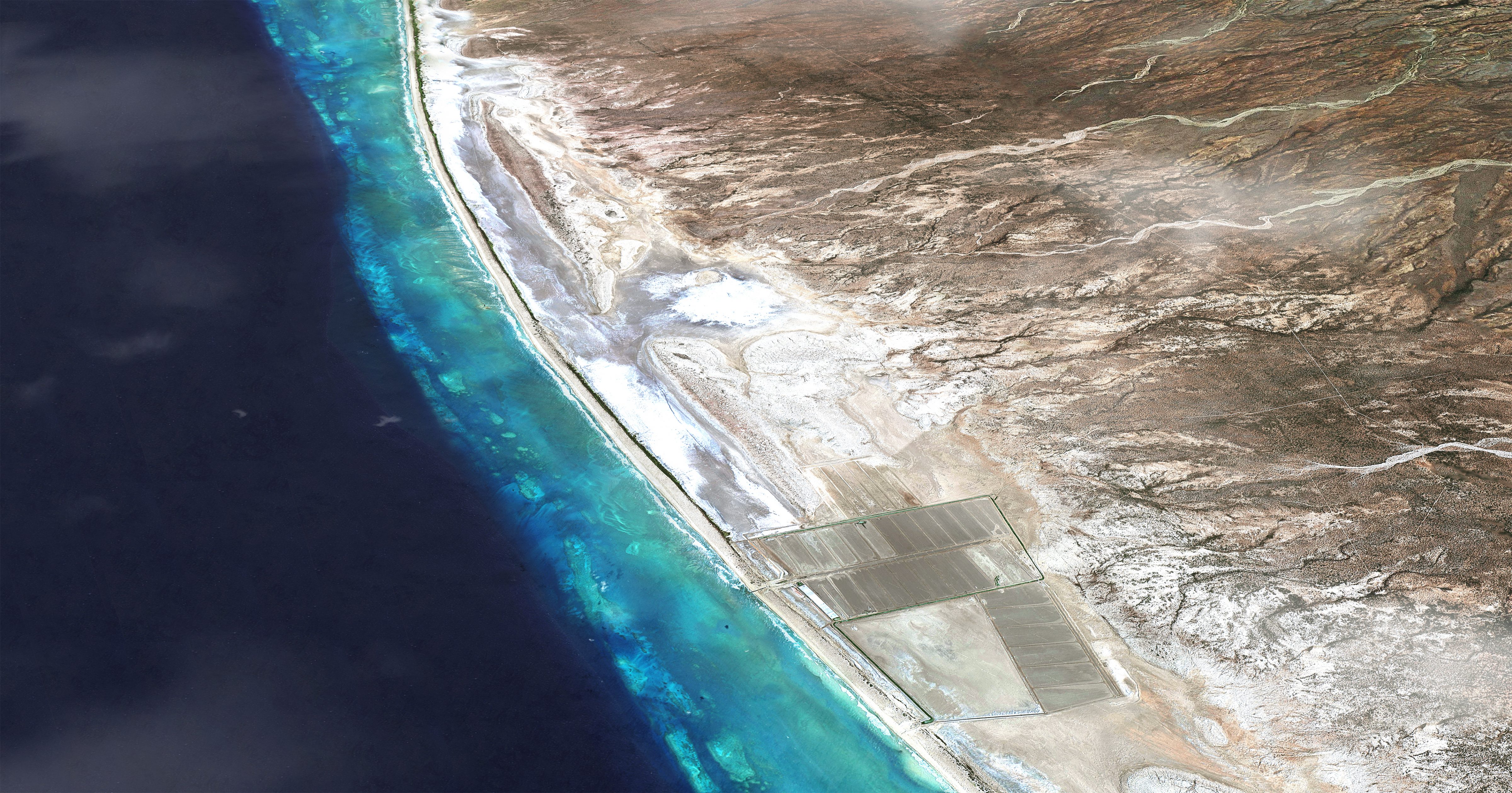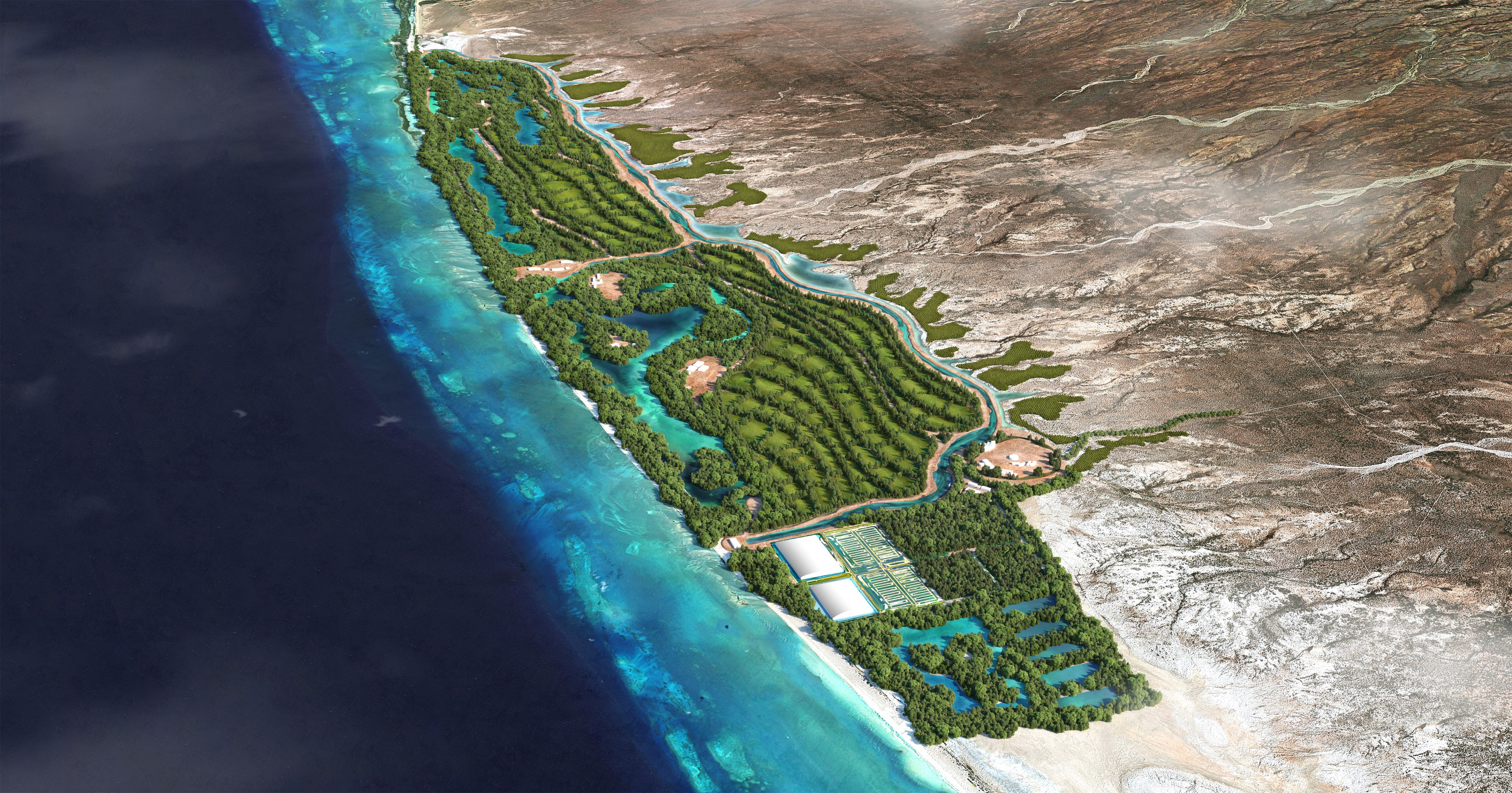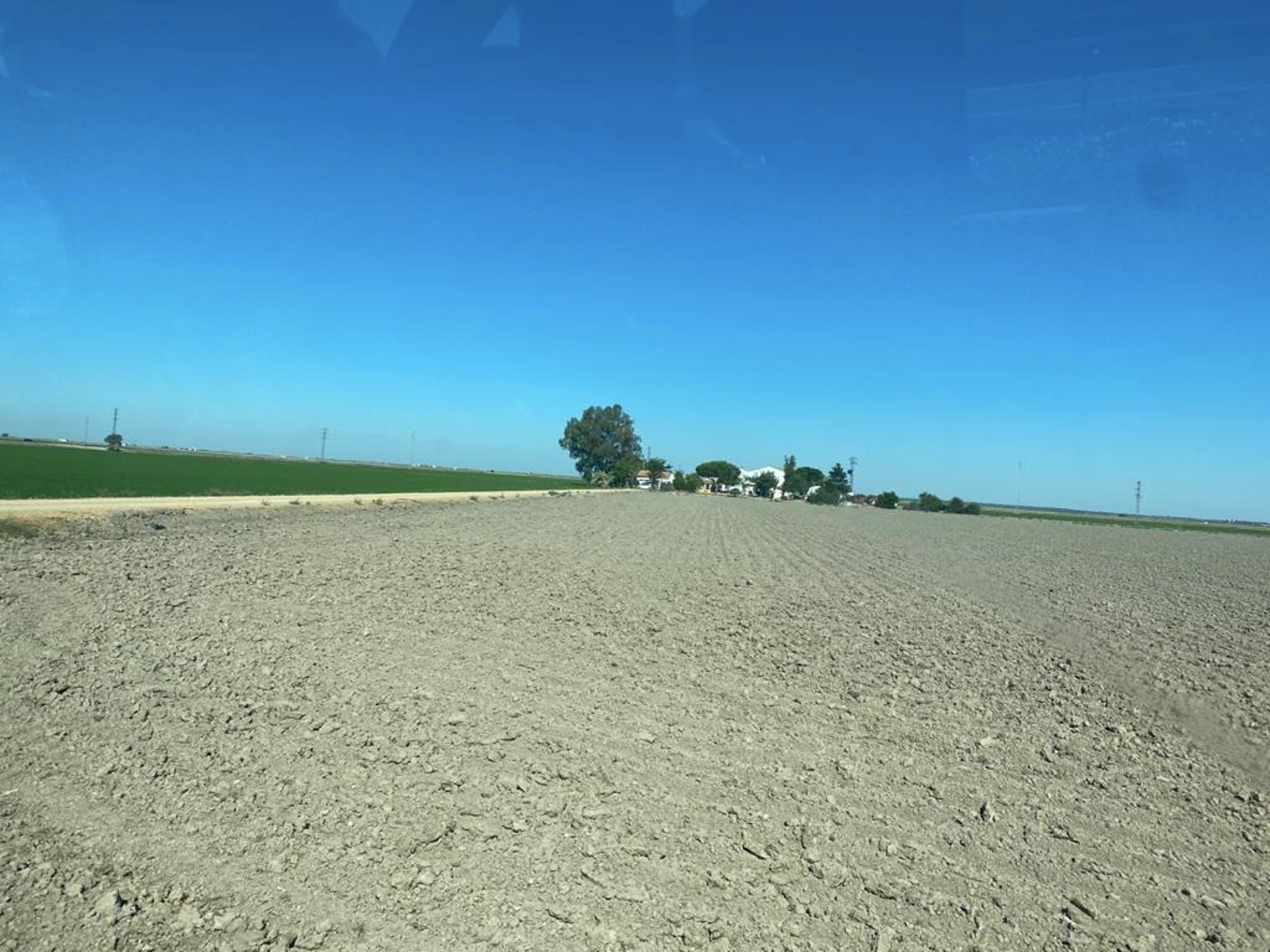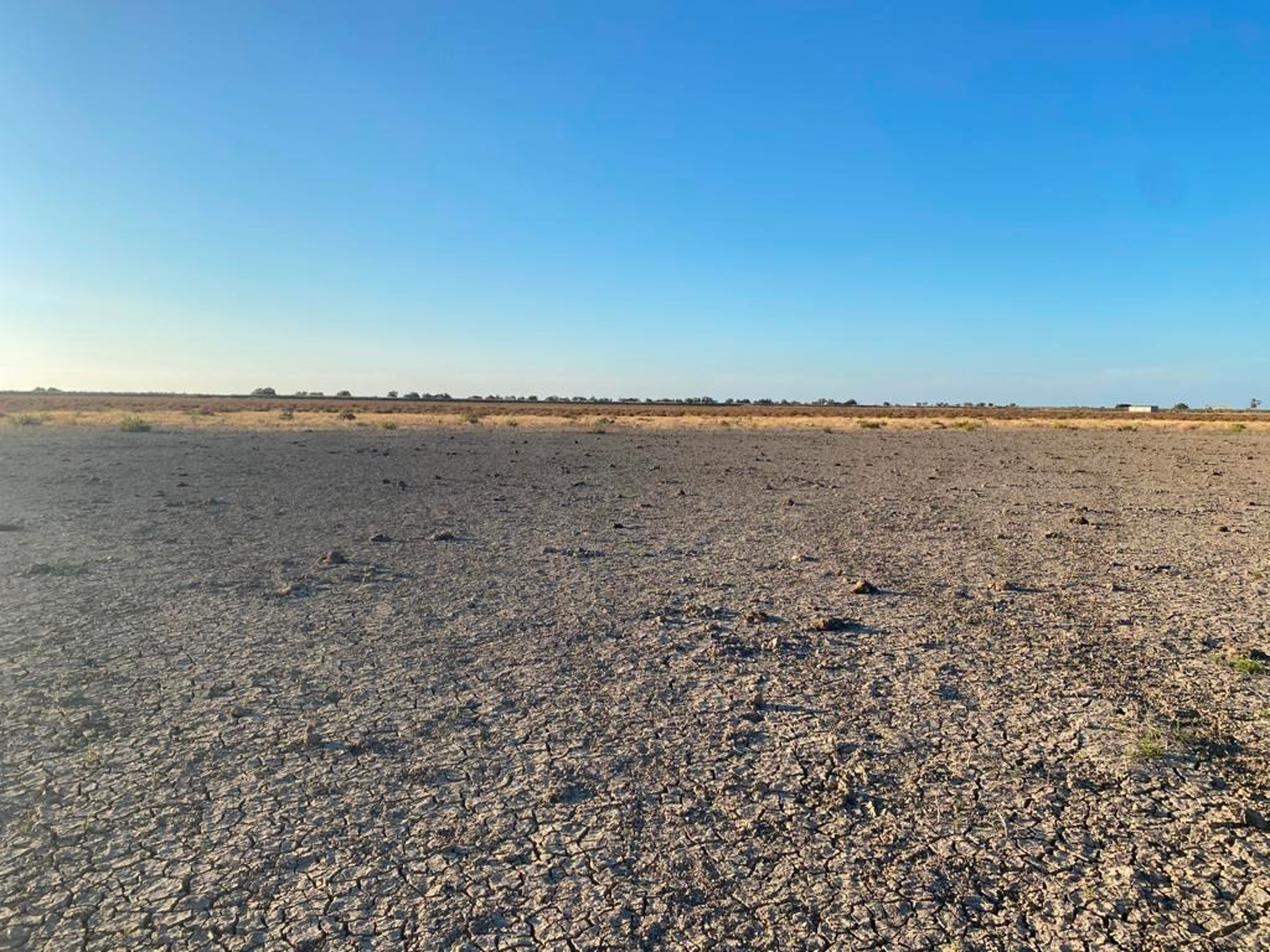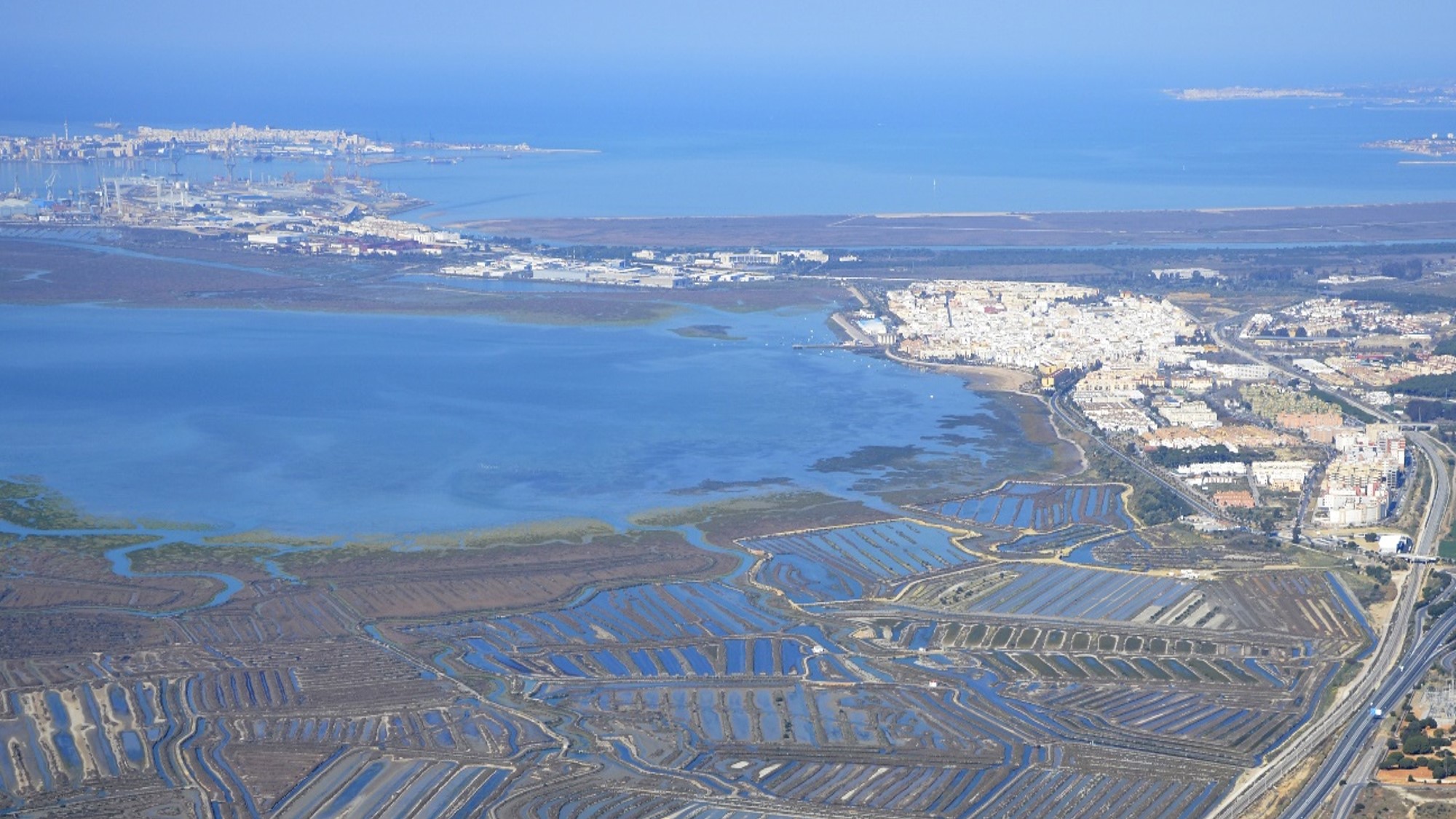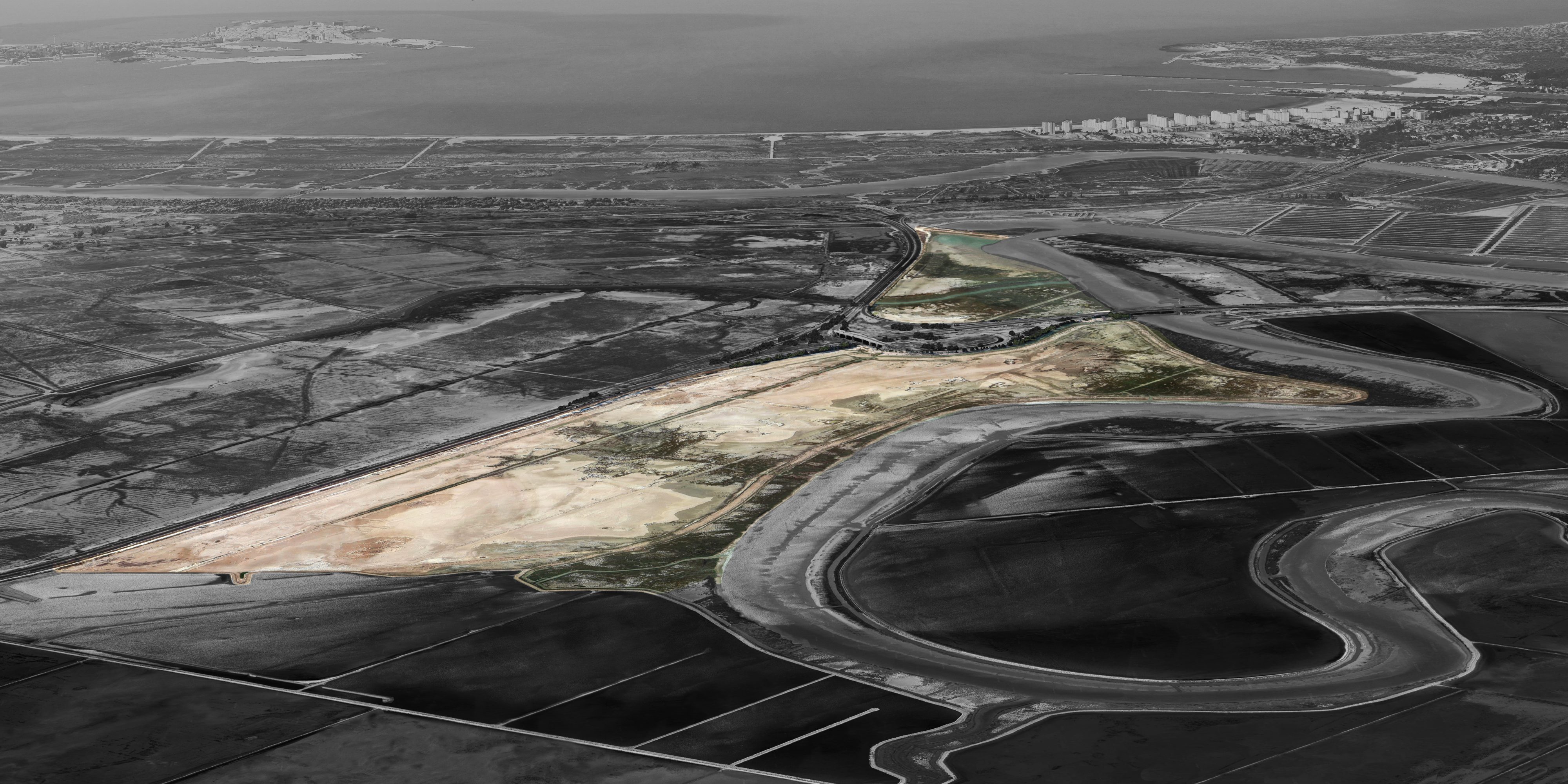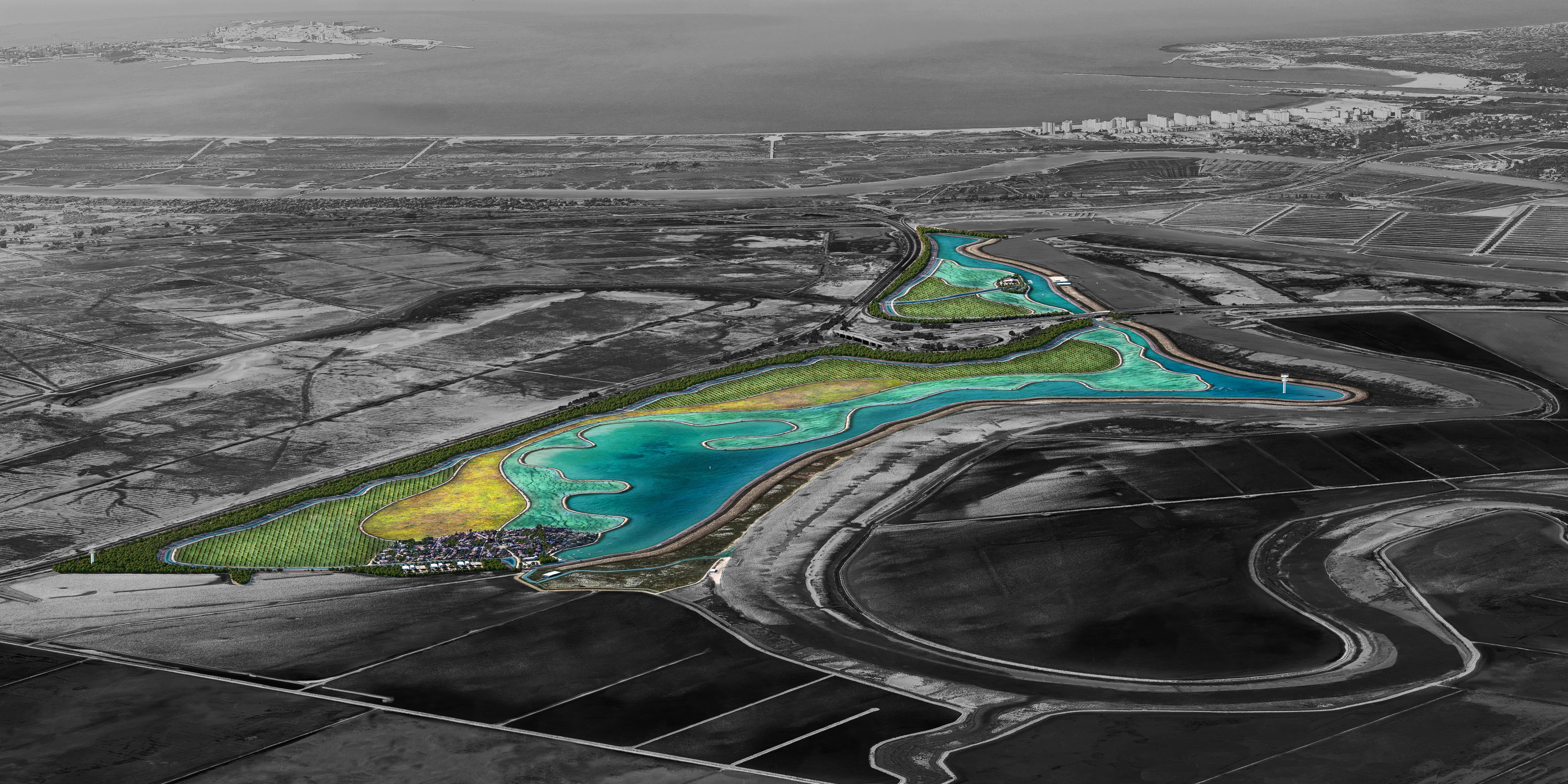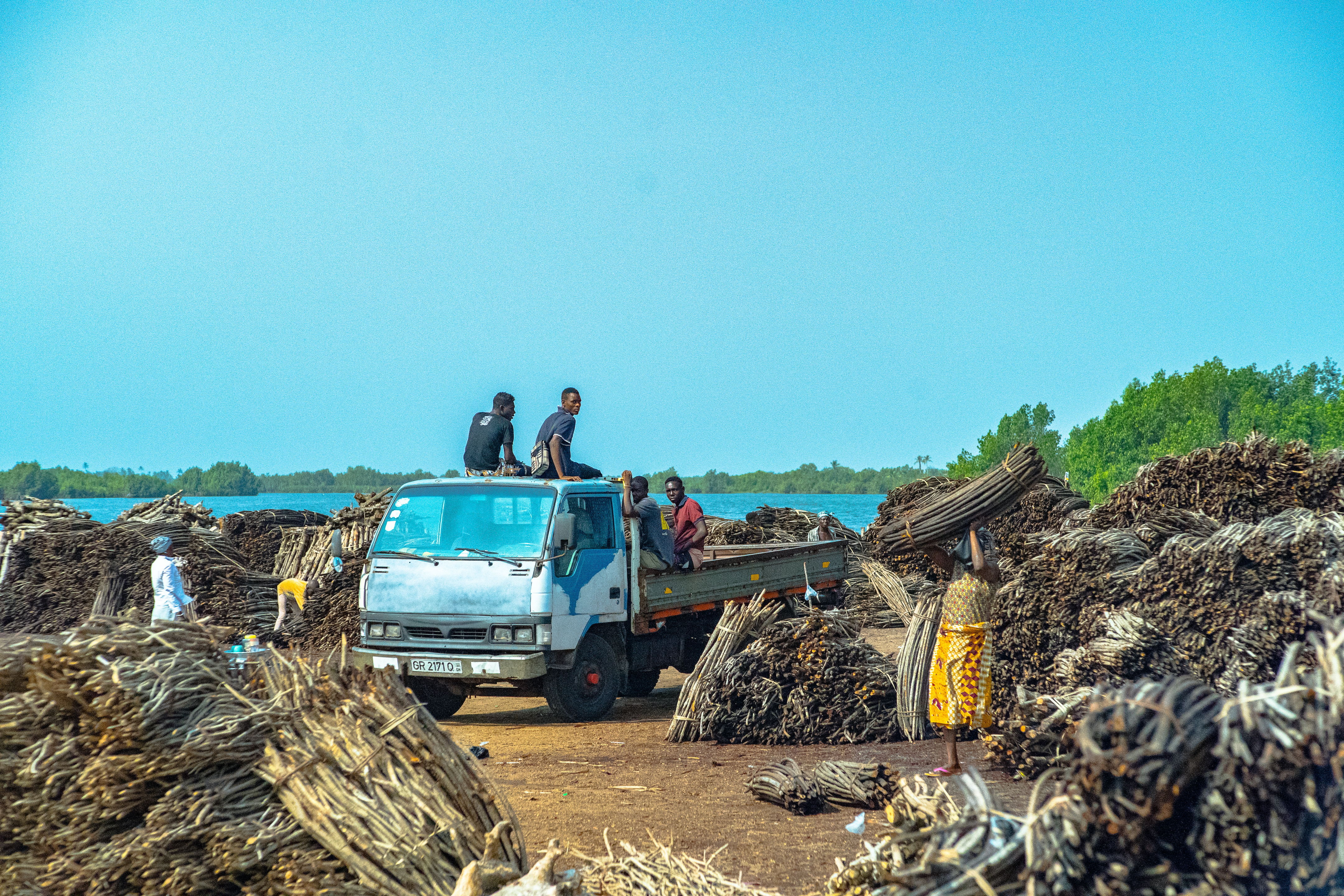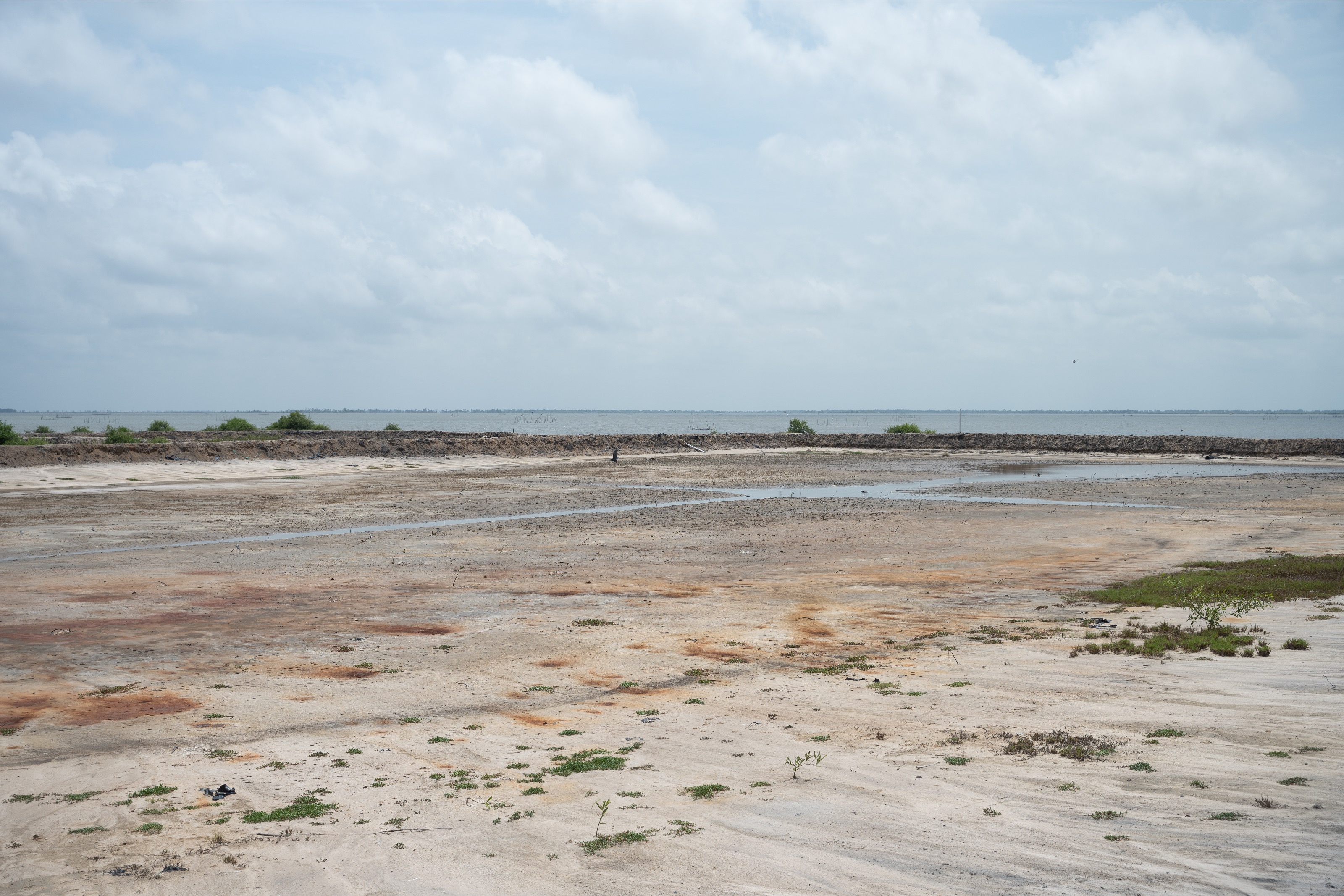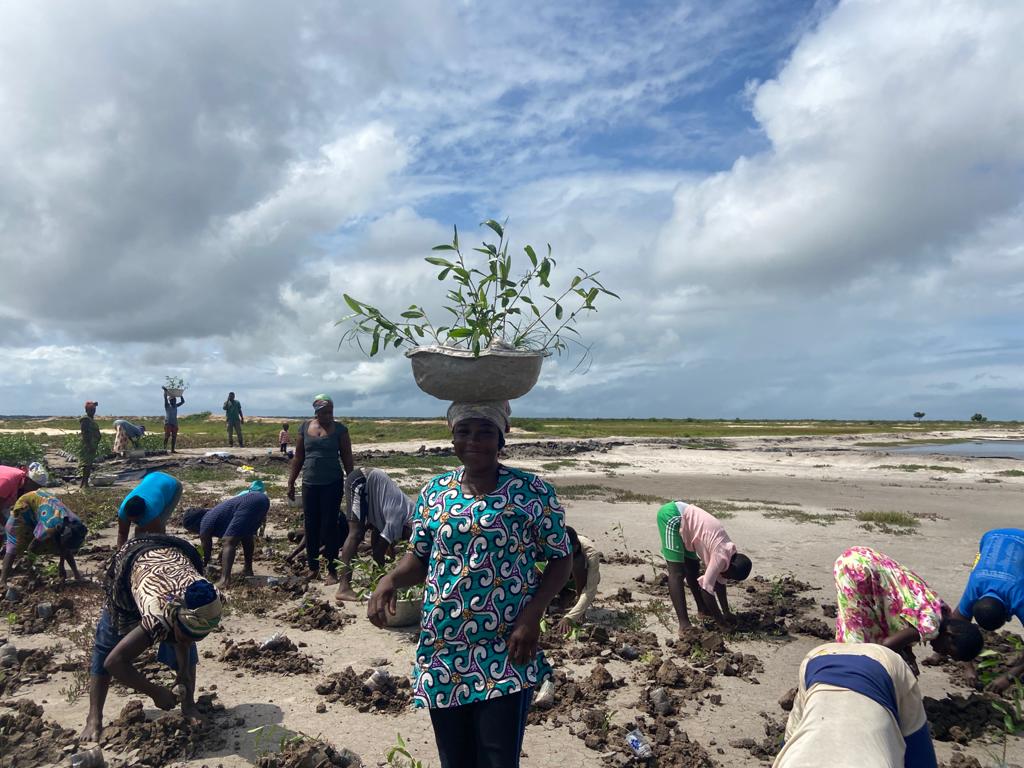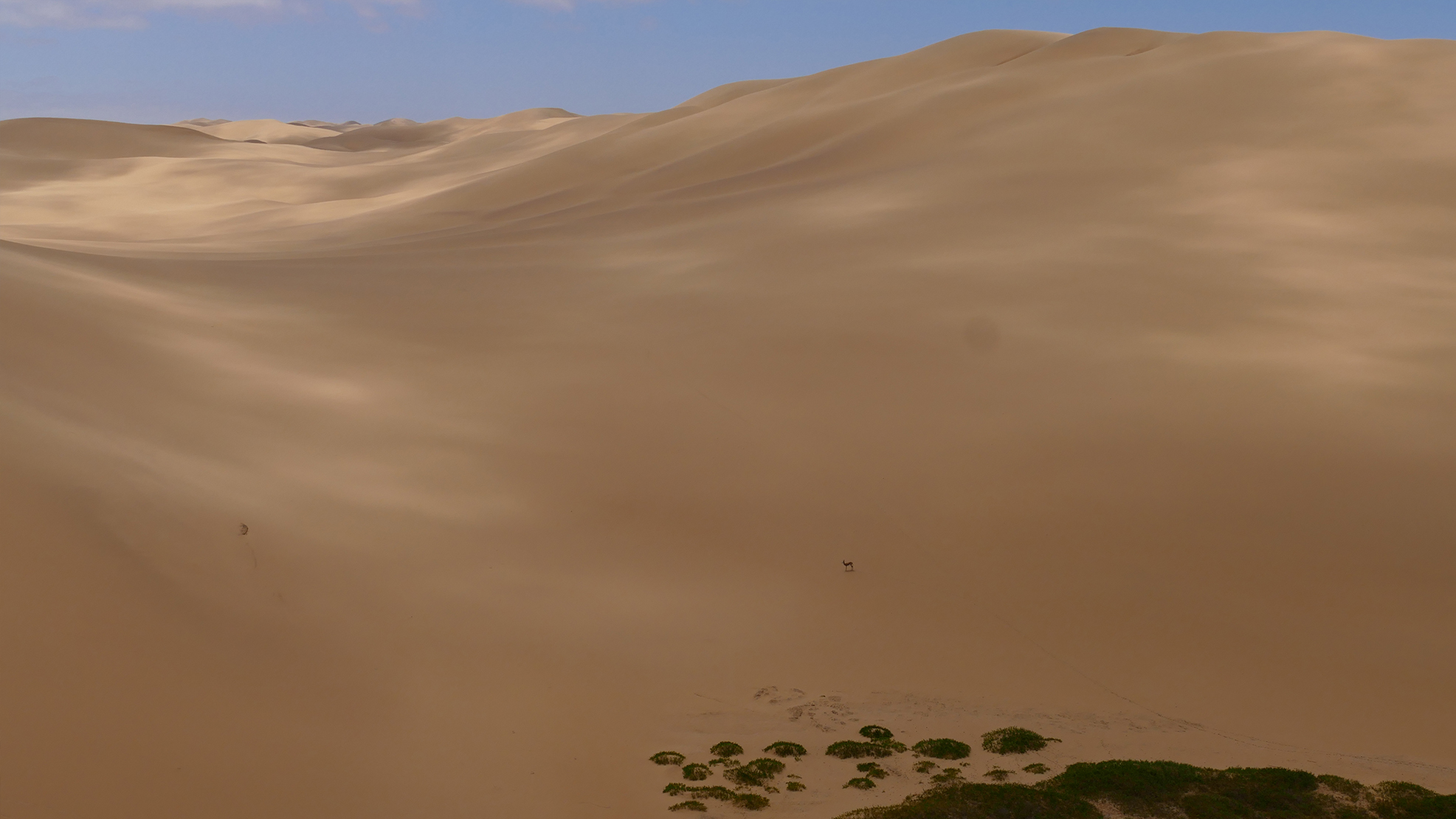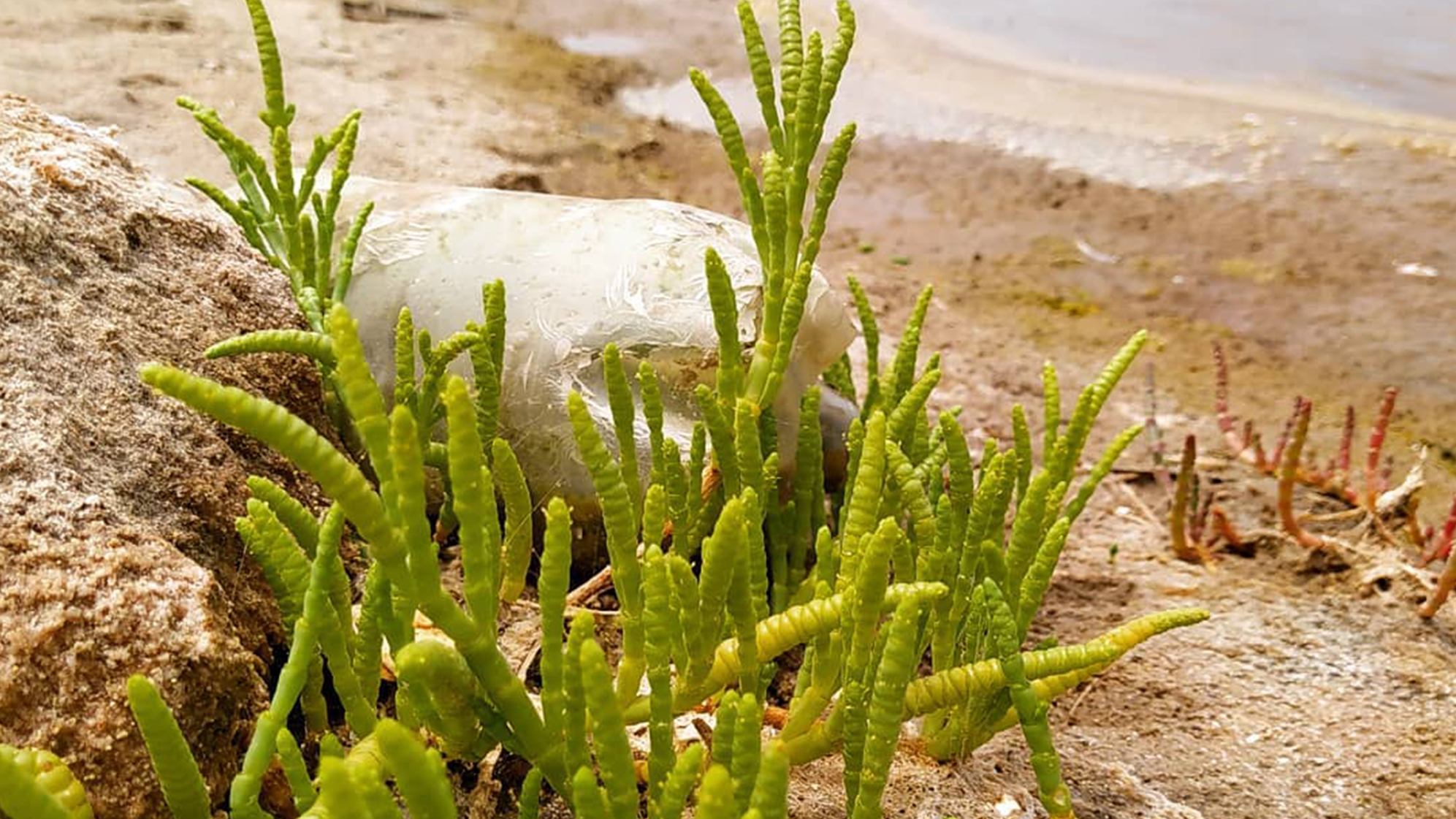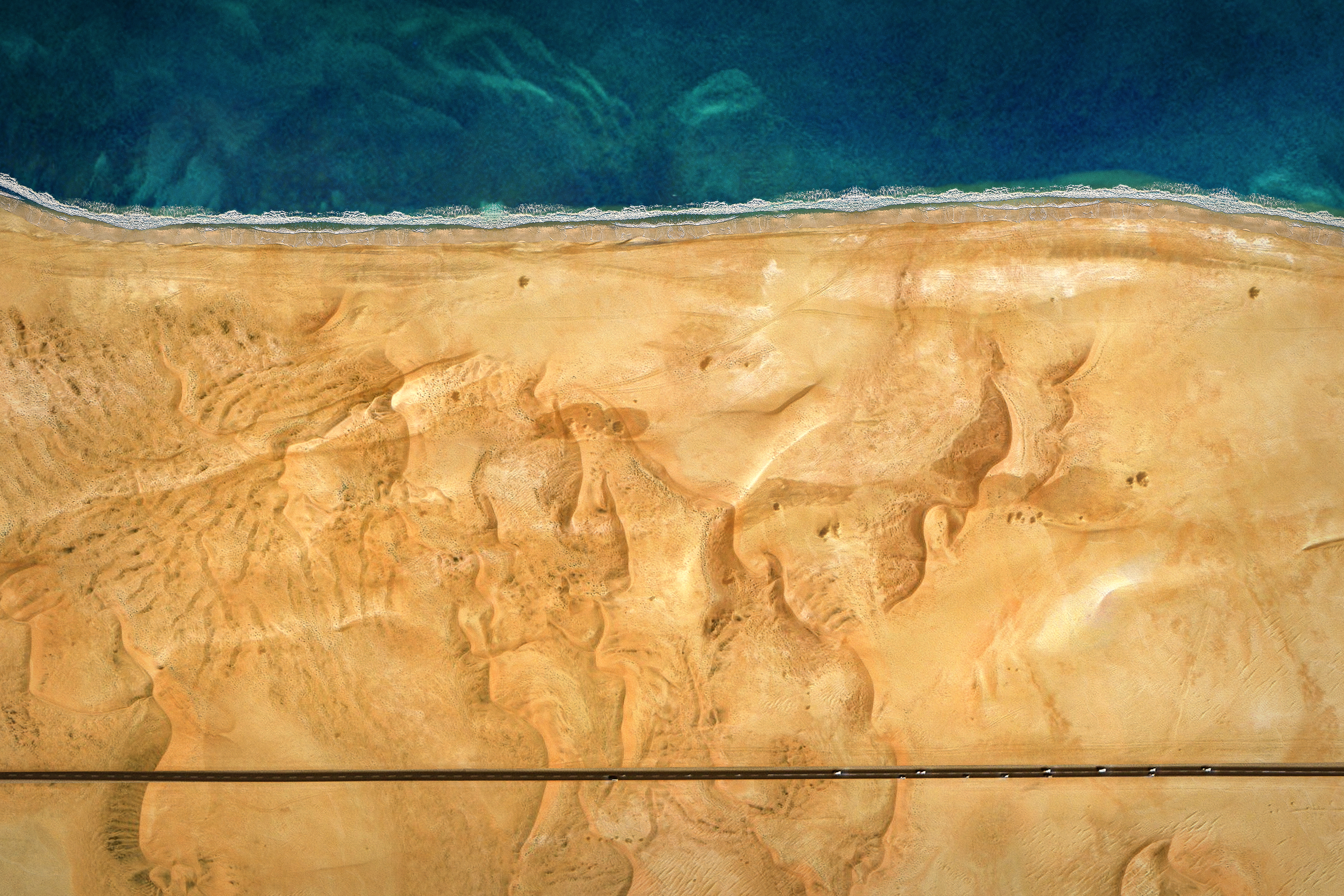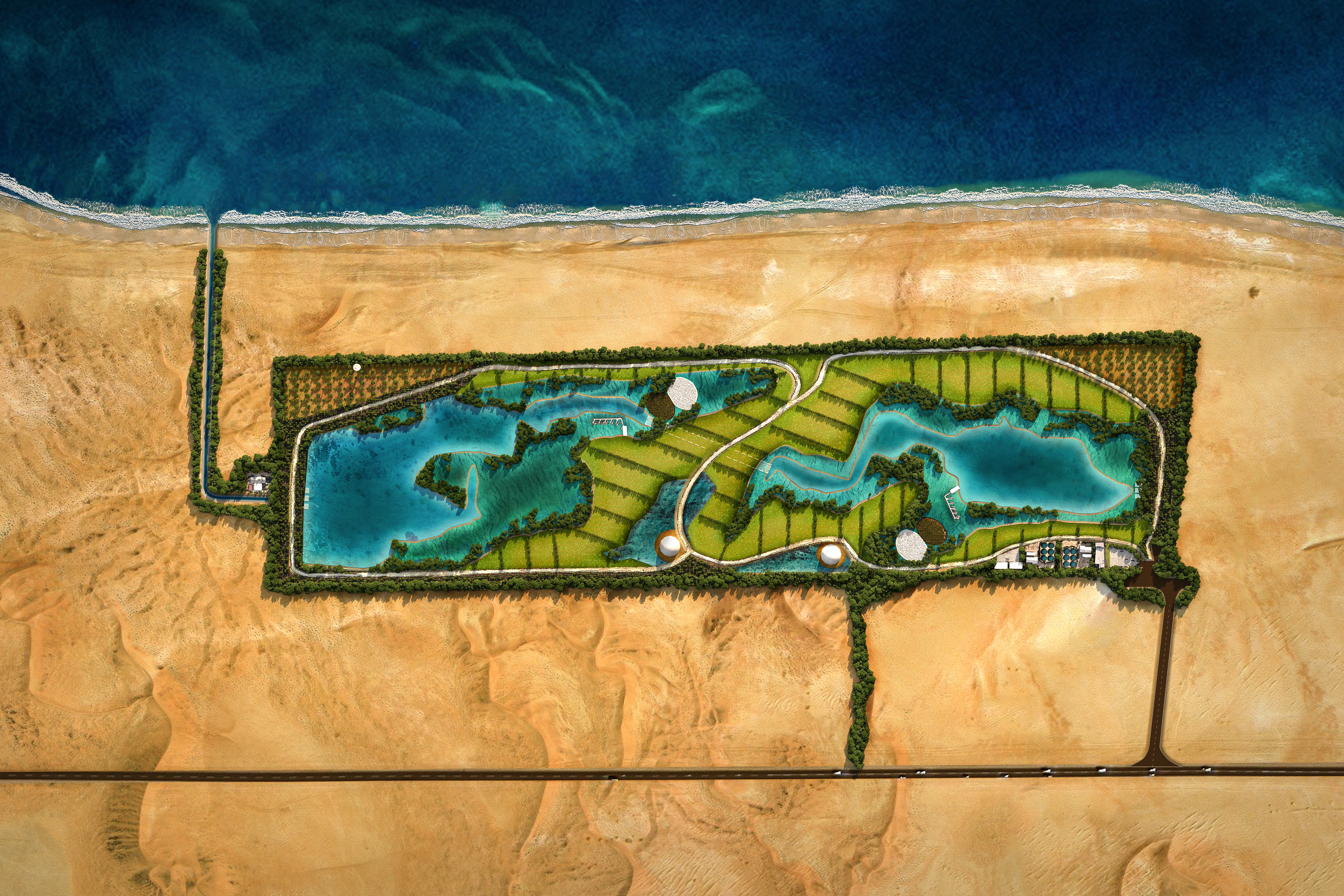Current Projects
There are 15,000,000 hectares globally where our RSA system can be deployed to create regenerative blue economies and to enable coastal ecosystem restoration. Our current projects involve growing 100,000,000 mangroves, restoring thousands of hectares of seagrass meadows, creating thousands of jobs in regenerative economic development, and establishing our first regional hubs in Latin America, West Africa, South Africa, and the EU.
Mexico
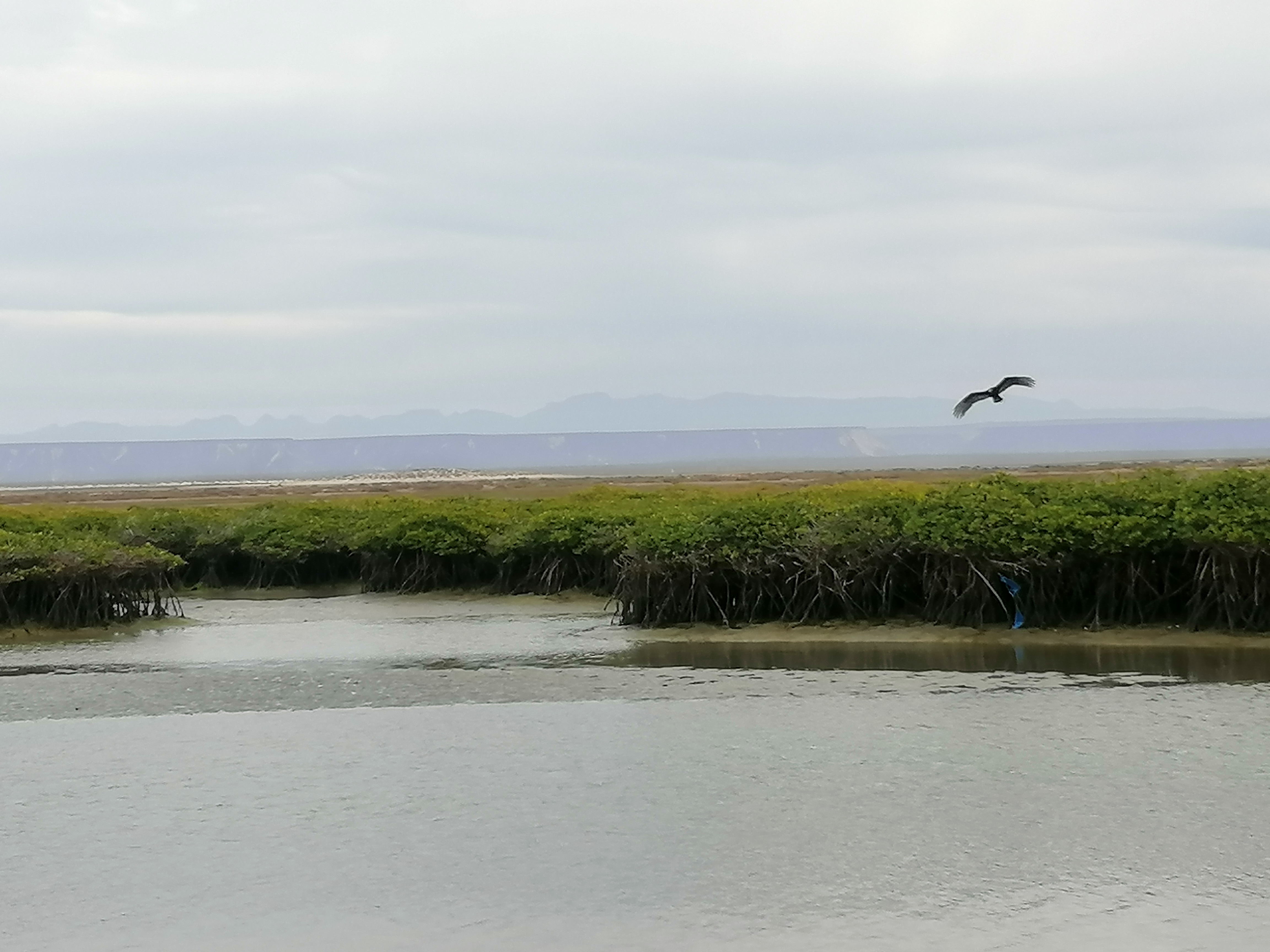
Project: EL DELGADITO
In partnership with the organization Mujeres del Delgadito, we are launching a mangrove & seagrass restoration project.
Key Details:
- Permits in hand for phase 1 of mangrove restoration (Rhizophora & Laguncularia)
- Good relationships with local communities & local leadership established.
- Verification of social & environmental impact to be performed by CIBNOR & UABCS
- Estimated mangroves grown: 12,000,000
- Estimated Hectares of seagrass restored: 2,000
- Estimated carbon sequestered: 5,000,000 tons
- Project Timeline: 6 years to completion
- Funding: DAF + Blue Carbon
Spain
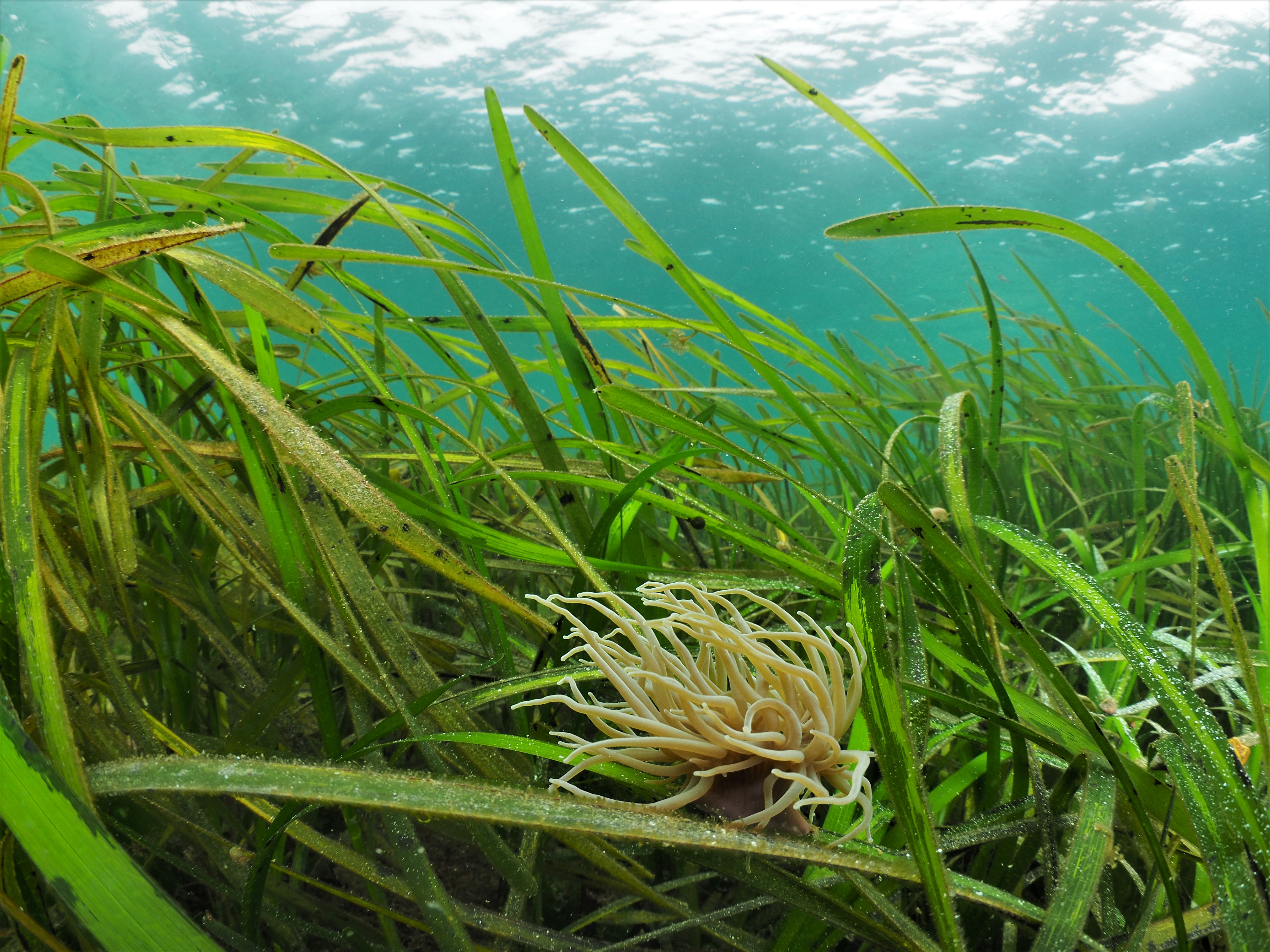
Project: CEREAL MARINO
Seagrasses are a critical coastal ecosystem, but also show immense promise as the world’s first ocean cereal crop. In collaboration with multiple entities in Spain, we intend to prototype seagrasses as a crop in marsh-based agroecologies in Andalucía. While this could be IP’d and used to create a billion dollar business (imagine being the first to patent rice or wheat), we intend to open source all our findings and developments from this project, and thus are seeking philanthropic funds for its execution.
Ghana
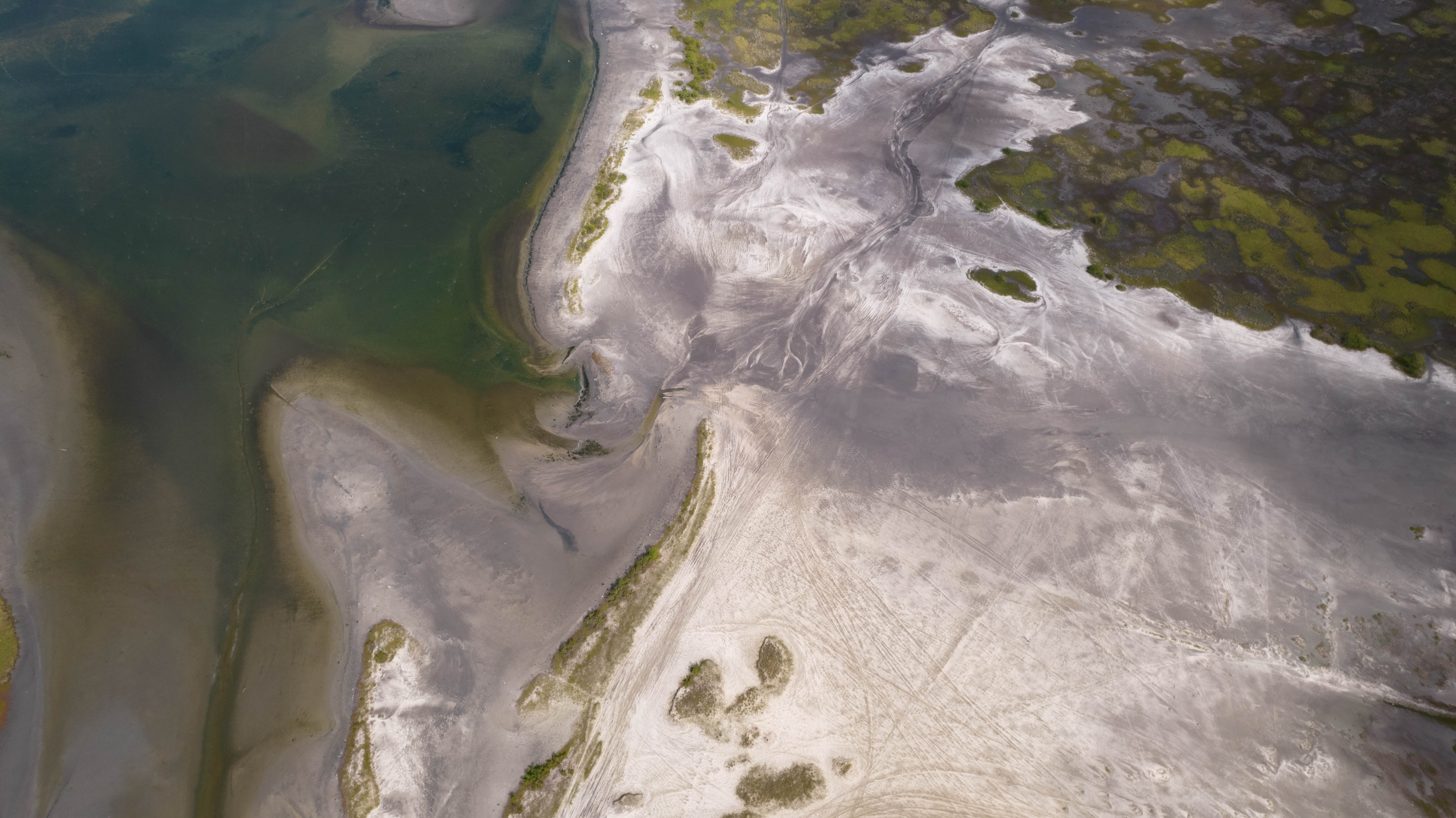
Project: Volta Delta Restoration & Regenerative Economic Development
In partnership with multiple tribes and villages, we are targeting 6000 hectares of highly degraded land for mangrove restoration
Key Details:
- First 2,700 hectares already leased.
- Good relationships with local communities & local leadership established.
- Permits acquired and collaboration begun with local forestry & lands commissions
- 50,000 mangroves grown in 2020
- 25,000,000 mangroves to be grown through 2027
- Multiple community nurseries already established.
- Estimated carbon sequestered: 6,000,000 tons
- Project Timeline: 6 years to completion
- Economic Systems: Apiculture, RSA, Community Coppice
- Proposed Funding: Blue Carbon + DAF
Namibia
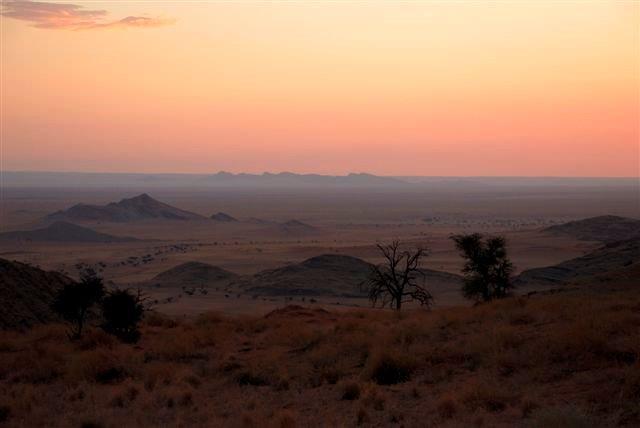
Project: Namib Saltwater Farms
Much of the interior of Namibia used to be a massive sea. Highly brackish groundwater and a complete dearth of rainfall means much of these lands can only be productive through seawater farming systems. Thus we are collaborating with farmers to establish brackish water agroecologies and constructed wetlands.
Key Details:
- First farm collaboration established.
- Multiple species trials underway

